SERVICES
Video Remote Interpretation

Video Remote Interpreting (VRI) stands as a cutting-edge solution in the realm of language services, revolutionizing the way individuals and organizations overcome linguistic barriers. In the dynamic landscape of the translation industry, VRI offers a versatile and efficient means of communication by providing real-time interpretation through video conferencing platforms.
Through the power of technology, VRI connects users with qualified interpreters remotely, facilitating seamless communication across languages and cultures. This mode of interpretation combines the convenience of remote access with the benefits of visual cues, enabling a more immersive and interactive experience compared to traditional over-the-phone methods.
VRI interpreters are highly skilled professionals, proficient not only in language but also in cultural nuances and communication dynamics. They provide invaluable support by accurately conveying messages and ensuring understanding between parties, fostering a sense of inclusivity and mutual respect.
In an increasingly interconnected world, VRI emerges as a pivotal tool for breaking down barriers and promoting cross-cultural communication. Its versatility, efficiency, and accessibility make it an indispensable asset for organizations seeking to engage with diverse audiences and navigate the complexities of a globalized marketplace. As technology continues to evolve, VRI remains at the forefront of innovation, delivering seamless language solutions that transcend boundaries and foster meaningful connections.
Frequently Asked Questions:
What is a VRI in interpretation?
VRI stands for Video Remote Interpretation. It is a form of interpretation service that uses video conferencing technology to provide remote language interpretation. In VRI, interpreters and participants in a conversation are not physically present in the same location but connect through a secure video link. This technology allows for visual communication and real-time language interpretation, offering a middle ground between in-person interpretation and over-the-phone interpretation. Here are some key features and aspects of Video Remote Interpretation:
Video Conferencing Technology:
- VRI relies on video conferencing platforms or dedicated VRI systems. Participants use webcams, smartphones, or other devices to connect to a secure video link where the interpreter is available remotely.
Real-Time Interpretation:
- Like in-person interpretation, VRI provides real-time language interpretation. Interpreters can convey the meaning of spoken words as they happen, facilitating immediate communication.
Visual Communication:
- VRI allows participants to see the interpreter, which can enhance communication by providing visual cues and non-verbal expressions. This visual aspect can be particularly beneficial in conveying the full context of a message.
Versatility:
- VRI can be used in various settings, including healthcare, legal, business, education, and more. It is adaptable to different contexts and communication needs.
Cost-Efficiency:
- Compared to in-person interpretation, VRI can be a more cost-effective solution, as it eliminates the need for travel expenses associated with bringing an interpreter to a specific location.
Accessibility:
- VRI can enhance accessibility for individuals who require language support, especially in situations where on-site interpreters may not be readily available. It helps bridge language gaps in diverse settings.
Multiple Language Options:
- VRI services often provide a range of language options, allowing users to access interpretation services for various languages.
Technical Support:
- VRI services typically include technical support to ensure smooth communication. This may involve troubleshooting any technical issues that may arise during the interpretation session.
Confidentiality and Security:
- VRI providers prioritize the confidentiality and security of the interpreted sessions. Encryption and other measures are implemented to protect the privacy of the communication.
Global Reach:
- VRI enables access to interpreters from around the world, expanding the pool of available language experts and facilitating communication in international contexts.
Video Remote Interpretation is a valuable tool in situations where immediate access to language support is crucial, and physical presence is not required. It offers a balance between the visual communication benefits of in-person interpretation and the remote accessibility of over-the-phone interpretation.
What is the difference between VRI and VRS?
VRI (Video Remote Interpretation) and VRS (Video Relay Service) are both video-based communication services, but they serve different purposes and user groups.
Video Remote Interpretation (VRI):
- Purpose: VRI is a service that provides remote language interpretation through video conferencing technology. It is used to facilitate communication between individuals who speak different languages in real time.
- Usage: VRI is commonly employed in various professional settings such as healthcare, legal, business, and education. It connects users with remote interpreters who assist in overcoming language barriers during conversations or meetings.
- Participants: In VRI, the primary participants are the individuals communicating with each other, and the video interpreter facilitates communication between them by providing language interpretation.
Video Relay Service (VRS):
- Purpose: VRS, on the other hand, is a telecommunications service designed specifically for individuals who are deaf or hard of hearing. It allows individuals who use American Sign Language (ASL) or other sign languages to communicate with others through video.
- Usage: VRS is commonly used by deaf or hard-of-hearing individuals to make telephone calls using sign language. A video relay interpreter acts as an intermediary, interpreting between sign language and spoken language for the parties involved.
- Participants: In VRS, the primary participants are the deaf or hard-of-hearing individuals using sign language, and the video relay interpreter facilitates communication between them and hearing individuals using spoken language.
In summary, while both VRI and VRS utilize video technology for communication, VRI is focused on providing spoken language interpretation for users who speak different languages, while VRS is specifically designed to facilitate communication for individuals who are deaf or hard of hearing and use sign language. The key distinction lies in the target audience and the linguistic modality involved (spoken language in VRI and sign language in VRS).
When should we use VRI services?
Video Remote Interpretation (VRI) services are particularly useful in various scenarios where immediate, visual, and remote language interpretation is needed. Here are some situations where using VRI services may be beneficial:
Healthcare Settings:
- Medical Consultations: VRI can be employed for medical appointments where patients and healthcare providers speak different languages. It facilitates communication for discussing symptoms, treatment options, and obtaining informed consent.
Legal Proceedings:
- Legal Consultations: VRI can be used in legal settings for remote interpretation during attorney-client meetings, court hearings, depositions, and other legal proceedings where language barriers exist.
Business Meetings:
- International Business: In business settings, especially for international meetings or negotiations, VRI can help bridge language gaps and facilitate communication between participants who speak different languages.
Educational Institutions:
- Parent-Teacher Conferences: VRI can be used in educational settings for parent-teacher conferences, allowing parents who speak different languages to communicate effectively with teachers and school staff.
Customer Service:
- Multilingual Customer Support: VRI services can be integrated into customer service operations to provide multilingual support for clients and customers, enhancing communication and customer satisfaction.
Government Services:
- Public Services: VRI can be employed in government agencies and public services to assist individuals with limited English proficiency in accessing services, filling out forms, and understanding legal documents.
Conferences and Events:
- Multilingual Conferences: VRI is valuable for conferences or events with participants from diverse language backgrounds, providing real-time interpretation to ensure effective communication.
Emergency Situations:
- Disaster Response: In emergency or disaster response situations, VRI can facilitate communication with affected individuals who speak different languages, helping them access necessary information and assistance.
Remote Business Collaborations:
- Global Teams: For businesses with global teams working remotely, VRI can be used to facilitate communication and collaboration among team members who speak different languages.
Accessibility for Deaf or Hard of Hearing Individuals:
- Sign Language Interpretation: VRI can also be utilized to provide sign language interpretation services for individuals who are deaf or hard of hearing, ensuring access to communication in various settings.
When considering the use of VRI services, factors such as the urgency of communication, the need for visual cues and the availability of in-person interpreters should be taken into account. VRI is a versatile solution that can enhance communication in situations where immediate access to language support is essential, and physical presence is not feasible.



